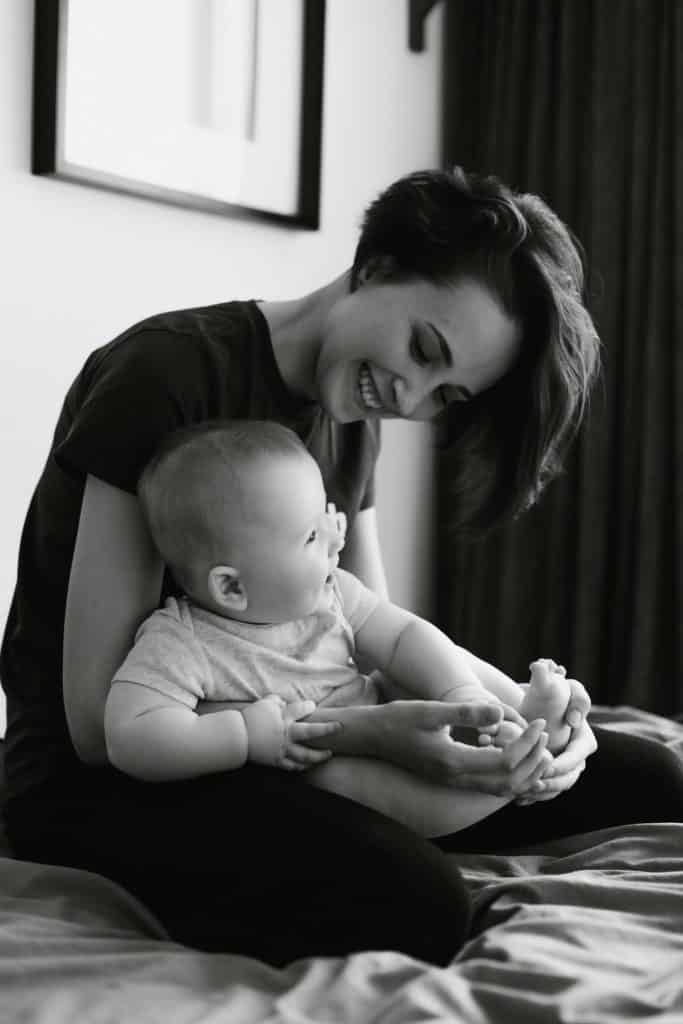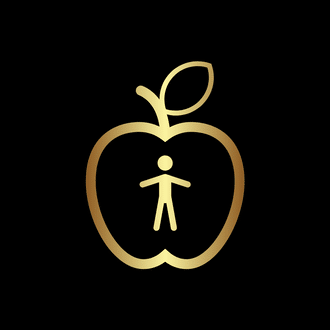The Best Comprehensive Method to Learn Baby Sign Language
If you want to have better communication with your baby, then baby sign language is essential. Your baby is likely to develop such important skills for saying their first word as they reach the age of 8 to 12 months. Until then, it is considered that a very helpful tool is baby sign language.

Table of Contents
What Is Baby Sign Language?
Baby sign language is considered to be an effective way for helping your child in communication, enabling your non-verbal baby to express their requirements before they know how to communicate and how to utilize words. Better communication, as we know, leads to better interactions and fewer obstacles. What’s more, it also helps in boosting the confidence of the baby as a communicator, which helps in spurring their motivation for keeping the communication going through signs which are often a mix of sounds and signs, and then eventually through the help of words.
Will Baby Sign Language Slow the Verbal Development of the Baby?
Studies indicate that through giving your baby an early communication method, baby sign language may help stimulate their need to learn more techniques for communication that also includes talking.
Baby sign language in this regard gives them an effective way of engaging with the people around them so that they get even more out of the experiences happening around them.
Using baby sign language with your baby means that you will be spending more time conversing with your baby as well, and there comes no better way than to aid them in learning to speak than actually communicating with them.
How Do You Teach Baby Sign Language?
If your baby is around nine months of age, you might have seen them wave goodbye or further point to anything they want. Your baby has learned these body gestures by simply seeing and mimicking the people around them.
Teaching your baby sign language comes as quite an easy method as repeating the gesture and communicating the related word when you have your baby’s attention.
As they start catching the signs that they may want to use for communication, they will start doing it in a routine way. Eventually, they will learn quickly how to use the baby’s sign language.
If you want to know how to use and teach baby sign language, experts like speech pathologists recommend the following:
Sign on In An Early Way
Start teaching your baby sign language as much soon as you can so they get into the habit of communicating with you. Most of the babies will initiate with the baby sign language as they reach 10 to 14 months of age.
Sign When Required
Choose the language signs which are important, useful, and most importantly, meaningful for your baby. These signs are mostly about the way to express their everyday needs, including sleep, thirst, and hunger.
Follow the Signs
Most babies have their own baby sign language. If your baby makes one, then try using their signs so that they feel understood.
Start earlier on but don’t force it, just repeat it over and over, and eventually it will be much easier for them and you to communicate.
Sign and Speak Simultaneously
You will need to say that word out loud as the baby’s sign language gets communicated. It is a way of ensuring your baby connects the sign well with the word that is communicated verbally.
Sign in A Consistent Manner
You need to make sure that the signs that you use are frequent as well as consistent. Remember that repetition is the key essence. As the baby will see the same signs repeatedly, they learn and imitate the signs in a quicker manner.
Put Some Face Time
Babies love looking at our faces as well as our eyes, so you need to make sure that you make the signs close to your face. This way, your baby will likely note those signs.
Use the World
If you want to sign for an object, try making the sign around that object so that your baby learns the utility of the sign and its association with that object.
Reward the Baby
Your baby is better apt at learning signs required to get what they are asking for in a prompt manner. Therefore, if he has the sign for being done with eating, immediately take away the plate.
Sign the Baby
If you want some formality, then sign up the baby for a baby sign language class so that you and your baby can learn the effective way of communication with each other.
You may want to sign up at a hospital, community center, or any other organization offering such classes for parents and babies. Alternatively, you might want to look at online resources or sessions for baby sign language.
Sign the Family
Not only is it the function between the parent and the kid but also all the family members that live with the baby. When more and more people around the baby learn the baby’s sign language, the happier the baby will be as they feel more understood.
Sign Off When It is Time
Signing, just like other communication forms, should be developed in a natural way and at one’s pace without keeping any pressure. If the baby seems to be a little frustrated by the baby’s sign language, tries showing signs of being overwhelmed, and resists using them, then you don’t need to force it on the baby.
The overall idea is to reduce the frustration for both of you, not increase it.
Encourage from The Beginning
You need to encourage the baby right from the start. As your baby starts imitating your signs, it will not be perfect at the start, so consider the start just as babbling. Do acknowledge the signs and the response to these signs, which are close, just like you want to, given it was perfect, for keeping your baby motivated and interested in the thing.
What Are the Best Signs to Teach the Baby?
As you start the baby sign language, you need to develop the natural signs which work for both the baby and you. A simple gesture might work as well. There are some recommendations for baby sign language that you might want to use:
Please– Hand on the chest, moving it from left to right.
Sleeping – Hands together, support a head that is tilting
Hunger – Rubbing belly, tap the fingertips to the mouth, just like you’re eating with your palm facing down and your thumb touching the fingers.
Milk – Squeeze the fingers of the hand in and out.
Drinking – A hand that is cupped placed around the lips
“More” sign – Touch the fingers towards the thumb on the hand and then touch the hands together at the tips of the fingers in a repeated motion
All done – Fingers faced up and twisted hands backward and forward
Upwards – Arm upwards
Downwards – Palm facing in a downward direction with the index finger pointing towards the ground, lowering the hands
Mom – Tapped thumb towards the chin
Dad – Tapped thumb towards the forehead
Here is a sign language chart that can give you a visualization to help you with your sign language education!
What Are the Benefits of Baby Sign Language?
While most babies can get an advantage from using baby sign language, it is particularly helpful for babies who develop talking skills at a later age. Some babies may find difficulty in communicating their frustration that results in problems of behavior including hitting, crying, tantrum-throwing, etc. when they feel like they are not understood.
Research indicates that delay in language comes as a risk factor for behavioral issues in toddlers and babies. In this regard, baby sign language may help in alleviating that frustration by offering a source for expression.
With that being said, baby sign language is an effective tool for encouraging the early development of language skills, and it does not come as a substitute for actual professional help. If you are in doubt about your baby’s language and speech delay or hearing loss, you need to consult a pediatrician. They may refer your baby to a speech-language pathologist for ruling out or diagnosing any problems requiring follow-ups coming from a professional.
Does Learning Baby Sign Language Indicate a Smarter Future?
Baby sign language for sure makes life easier in the developing years of the baby. However, it is not that important for improving the cognitive skills of the baby. So, try teaching your baby sign language if your baby is open to it. If it is causing frustration and a waste of time and energy, then you don’t need to continue it.
Communicate with your baby in any manner which works and feels right to both of you. After all, the communication going on will be the way through which you and your child can bond together, be it baby sign language or whatever. Ultimately, there will be a flow of words, and finally, your baby will move towards the verbal communicating stage.
Originally posted 2022-03-01 17:48:18.
Megan Santiago
Latest posts by Megan Santiago (see all)
- How to Find a Trauma Therapist in Tampa - September 30, 2024
- Help With Bills – How to Get Financial Assistance - March 10, 2024
- The Best Essential Oils for Adrenal Fatigue - March 10, 2024
